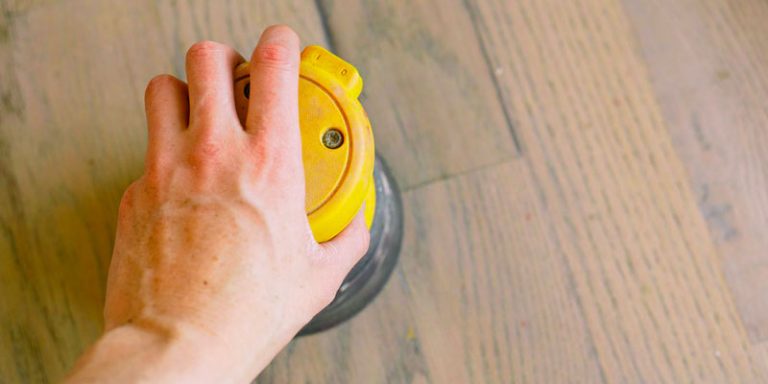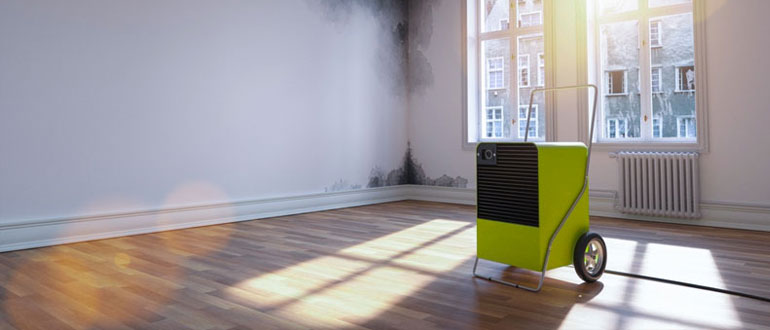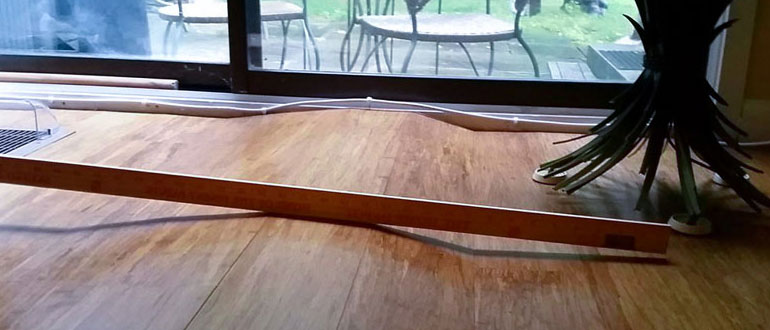Swollen wood flooring is a common problem that can be unsightly and dangerous. It is vital to address swollen wood flooring immediately to prevent further damage to the floor. And also harmful to the structure of the building. Let’s explore how to fix the swollen wood floor in your home or office.
In this article, we will explore the causes of swollen wood flooring and provide step-by-step instructions for fixing it. We will also offer tips for preventing swollen wood flooring in the future, whether you are dealing with a minor swelling or a large area of distortion. These methods can help you get your wood flooring back to its original state.
The Most Typical Causes of Swollen Wood Flooring
There are several causes of swollen wood flooring, but the most common is excess moisture. This can be caused by a variety of factors, including:
- Water damage: This can be caused by a leaking roof, plumbing issues, or flooding.
- High humidity: Humidity levels that are too high can lead to swelling in wood flooring, especially if the flooring is not correctly sealed.
- Poor ventilation: If a room or area lacks proper ventilation, moisture can become trapped and lead to swelling in the wood flooring.
Ignoring the problem or attempting to repair the flooring without addressing the underlying cause can result in the pain returning or worsening.
To Fix Swollen Wood Flooring, Follow These Steps:
- Identify the source of the moisture: This is crucial to prevent the problem from returning. Look for signs of water damage, such as water stains or musty odors. Check for plumbing issues or leaks, and ensure the room’s humidity levels are manageable.
- Dry out the affected area: Once the source of the moisture has been identified and addressed, the next step is to dry out the swollen wood flooring. This can be done using fans, dehumidifiers, or other drying equipment. Be sure to dry the flooring slowly and evenly to avoid causing further damage.
- Repair the flooring: Once the flooring is dry, it may be necessary to sand down any raised areas and refinish the floor. If the damage is extensive, it may be required to replace the affected boards.
- Prevent future swelling: it is essential to keep humidity levels in the home reasonable, fix any plumbing issues promptly, and address any water damage as soon as it occurs. Sealing the wood flooring can also help to protect it from moisture.
To Prevent Swollen Wood Flooring in the Future, Follow These Tips:
- Fix plumbing leaks promptly: Even small leaks can lead to excess moisture and swelling in wood flooring. Be sure to fix any plumbing issues as soon as they are discovered.
- Use a dehumidifier: A humidifier can help reduce humidity levels in the home, preventing swelling in wood flooring.
- Address water damage quickly: If you experience water damage in your home, dry out the affected area immediately. This can prevent moisture from being absorbed by the wood flooring.
- Properly seal wood flooring: Sealing wood flooring can help to protect it from moisture and prevent swelling. Be sure to follow the manufacturer’s instructions when applying sealant.
- Keep humidity levels in check: Humidity levels that are too high can lead to swelling in wood flooring. Use a hygrometer to monitor humidity levels and take steps to reduce them if necessary, such as using a humidifier or opening windows.
By following these tips, you can help prevent swollen wood flooring and keep your flooring looking beautiful and in good condition.
How Do You Flatten a Swollen Hardwood Floor?
To flatten a swollen hardwood floor, you can take the following steps:
- Assess the swelling: Inspect the visible damage on your hardwood floors and see how extensive the node is.
- Make needed repairs: Identify and address the cause of the swelling, such as a leak or high humidity, to prevent further damage.
- Dry the wood: Before attempting to fix the problem, dry the wood as much as possible. You can dry the wood using a heater or blower or letting it rest in the sun for at least 24 hours. This will help to evaporate any moisture that might be causing the swelling.
- Sand the swollen floor: Sand the excess grain off the timber to flatten the bulges. Be sure to prepare the affected surface by removing any finishes on the wood before sanding.
- Apply a sealant: To prevent future swelling, apply glue to the floor that will help protect it from moisture.
- Fix the main problem: If you don’t fix the main issue, the damage may continue.
It’s important to note that sanding can temporarily help you fix swollen wood floors. It’s essential to address the root cause of the swelling and make any necessary repairs before sanding the floor.
Will Swollen Wood Go Back to Normal?
Yes, swollen wood will eventually go back to normal. The swelling is caused by humidity and temperature changes, which cause the wood to expand and contract. Over time, the swollen wood will adjust to the new conditions and return to its original shape. When temperatures increase, or humidity decreases, wood tends to shrink. As temperatures drop or humidity increases, wood tends to swell.
It’s important to note that wood swelling is usually caused by excess moisture that has gone into the wood, which results in an accumulation of water molecules in the wood fibers. If the humidity evaporates, the swelling should eventually dissipate, and the wood will return to its original state.
The Most Common FAQs
Q: How do I know if my wood floor is swollen?
A: The swollen wood floor may feel spongy or soft when walked on, and the affected planks may appear raised or distorted.
Q: What causes the wood floor to swell?
A: A wood floor can swell due to excess moisture or water damage. High humidity levels, leaks, or flooding can cause this.
Q: Can a swollen wood floor be fixed?
A: Yes, a swollen wood floor can often be fixed, depending on the severity of the swelling and the cause of the problem.
Q: What is the best way to fix swollen wood floor?
A: The best way to fix swollen wood floors will depend on the severity of the swelling and the cause of the problem. Options may include:
- Removing the source of moisture.
- Sanding down the swollen areas.
- Repairing or replacing damaged planks.
Q: Can I fix swollen wood floor myself?
A: If the problem is mild, fixing the swollen wood floor yourself is possible. However, if the swelling is extensive or the cause of the problem is not easily identified, it may be best to hire a professional.
Q: How can I prevent the wood floor from swelling?
A: It is essential to control the humidity levels in the room, clean up spills immediately, and protect the floor from water damage with rugs or mats.
Q: Do I need to replace my wood floor if it is swollen?
A: It may be necessary to replace the affected planks if they are severely damaged or cannot address the cause of the swelling. In other cases, repairing the node without replacing the entire floor may be possible.
Q: Is it possible to fix swollen wood floor without sanding it down?
A: In some cases, it may be possible to fix swollen wood floor without sanding it down, such as by removing the source of moisture or repairing damaged planks.
Conclusion
In Conclusion, A swollen wood floor can be a frustrating problem that can cause damage to your home. And affect the appearance of your room, however, by identifying the cause of the swelling and taking the necessary steps to fix it.
You can prevent further damage to your floor and restore it to its original condition. It is also essential to take the required precautions to avoid the swollen wood floor from happening again, such as controlling the humidity levels in the room and protecting the floor from water damage. By following these steps, you can ensure that your wood floor remains in good condition for years.
You May Also Like to Read:


